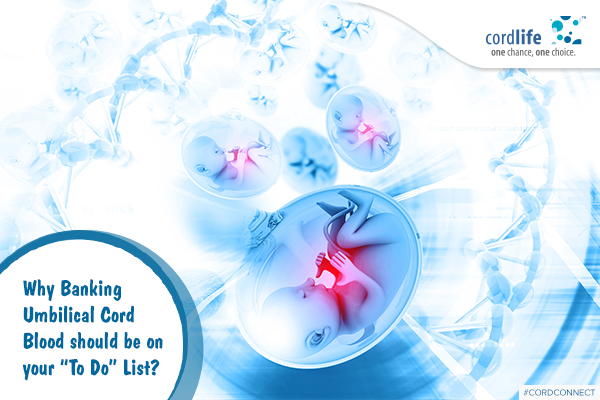Table of Contents
As the science of stem cells took off in the 1970s when doctors realized that the stem cells found in the blood inside an umbilical cord could offer a much more secure substitute to bone marrow transplants that may find its way in the utilization of treating conditions such as leukaemia, lymphoma, and sickle cell anemia. This is so since cord blood is power packed with multipotent, self-renewing hematopoietic stem cells (HSCs), which are the forerunners to blood cells.
The process of extracting this cord blood immediately after birth and storing it in state-of-art laboratories in India and overseas for future use is now a convenient and affordable reality for many Indians, thanks to health companies like Cordlife India. In fact, Cordlife is the only private Cord Blood Bank in India to offer automated cord blood processing with Sepax2, a versatile patented Swiss technology. This advanced technology enables easy handling and safety of processing and aids in highly efficient and consistent cell recoveries.
Once the umbilical cord has been clamped from the newborn, the cord blood is collected from the umbilical cord vein attached to the placenta. Cord Blood extraction is not only a painless process for both mother and baby unlike bone marrow extraction, but there is a 60% higher chance of matching cord blood unit in the family vis-a-vis bone marrow. Cord Blood cells are mature, flexible and have more usage advantages than stem cells extracted from the bone marrow or umbilical blood.
After cord blood is extracted, Stem Cell Banks preserve the stem cells via Cryopreservation. Under various such methods of Cryopreservation, any damage to the stem cells caused by any enzymatic or chemical activities is prevented by cooling to very low temperatures, without further damage being triggered by the formation of ice during freezing.
Stored Cord Blood can now be available between days or weeks of processing for treatment. There is a low risk of complications when cord blood is applied for stem cell transplants and therapy since they have the ability to regenerate in the desired way.
Globally, an estimated 35,000 transplants have taken place where cord blood stem have been utilized to treat over eighty life-threatening ailments, including Alzheimer’s, Parkinson’s, bone marrow failures, genetic disorders, blood disorders and immune disorders. Several medical professionals are also researching cord blood as a potential cure for conditions that cannot be remedied presently. Umbilical Cord Blood banking is no more an option, but a necessity to secure a healthy future for the entire family.
For more details about – Why Banking Umbilical Cord Blood should be on your “To Do” List? – visit https://www.cordlifeindia.com
